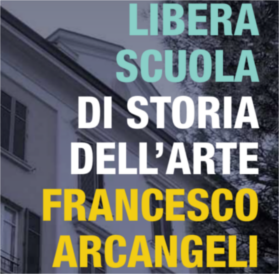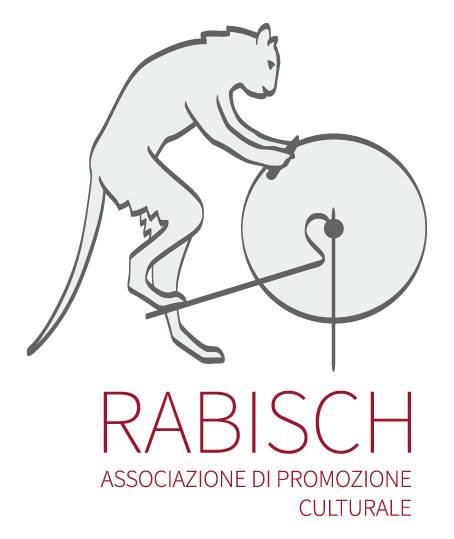HISTORY
The church of Santa Maria Assunta, located in the area of Castione Marchesi, is all that remains of the old Benedictine abbey complex, founded in 1033 by the Marquis Adalberto, ancestor of the Pallavicino family. Even though numerous land donations are from that date, it is not until the mid-12th century that the construction of the complex can be assigned. The abbey remained in the hands of the Benedictines, to later be entrusted to the Olivetan monks, who upheld it until its transfer to the diocese of Parma in 1764. In the 19th century, the church began to assume all the functions of ordinary parishes. After continual reconstructions, proper restorations were carried out between 1954-58, which brought back the building’s Romanesque appearance on the internal structure.
ART-HISTORICAL NOTES
Contrary to the interior, the gabled façade shows the evident signs of a Romanesque of restoration, and therefore of dubious authenticity. The three-aisled basilica is supported on alternating cruciform pilasters, with five bays in the aisles, and two in the nave, covered by groin vaults. The structure seems to repeat the architectural principles of the Cistercian order, though it was not a Cistercian abbey. The 20th-century restoration campaign revealed its affinity with the abbey of Chiaravalle della Colomba and Fontevivo, particularly in the dichromatic brick/plaster. In any case, it is easy to distinguish the authentic Romanesque from the work of restoration. The most interesting element of the abbey is the mosaic pavement, uncovered during the 20th-centuiry restorations, when it was decided to return the pavement to its original level. The remains of the mosaic pavement reveal an affinity with that of San Savino in Piacenza and San Colombano at Bobbio.













